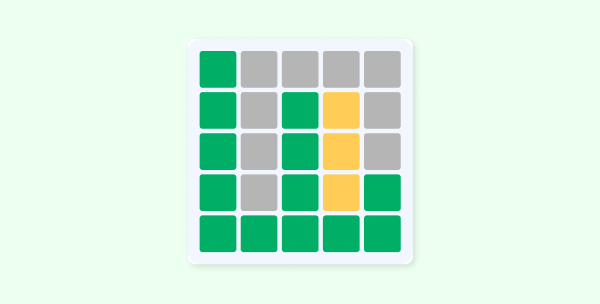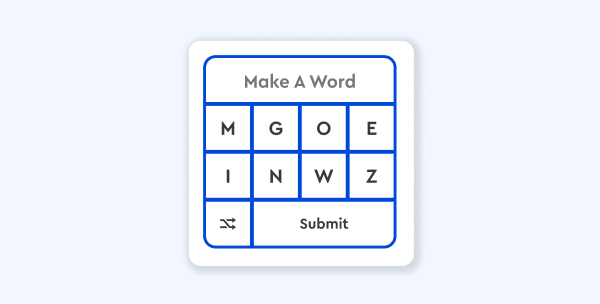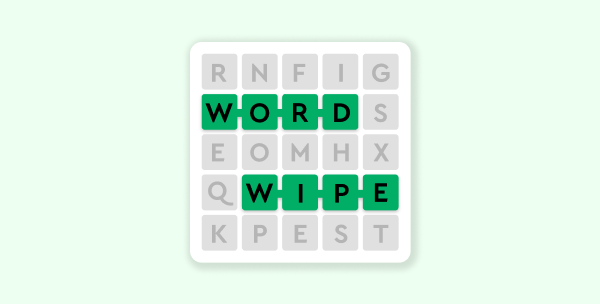Word of the Day
[des-wi-tood]
Meaning and examplesStart each day with the Word of the Day in your inbox!
By clicking "Sign Up", you are accepting Dictionary.com Terms & Conditions and Privacy Policies.
Today
Later, alligator
Adios, Adieu, And Cheerio: Why Do We Say "Goodbye?"
We often say "goodbye" when we part ways with someone. How come? Dictionary.com has the answer and can provide a variety of other things to say when it is time to leave. Read more.
Advertisement
Games
Calling all cruciverbalists! Sharpen your mind with crosswords and word games, or take a brain break with your favorite classic games.
Play 80+ gamesAdvertisement
Featured
Agree to disagree!
18 Synonyms For “Argue” Worth Bandying AboutTrending
Advertisement
Newsletter

Salutations, logophile!
Sign up to get everything a word lover could want: word origins, fun facts, and the latest language trends.
By clicking "Sign Up", you are accepting Dictionary.com Terms & Conditions and Privacy Policies.
Advertisement
Browse



